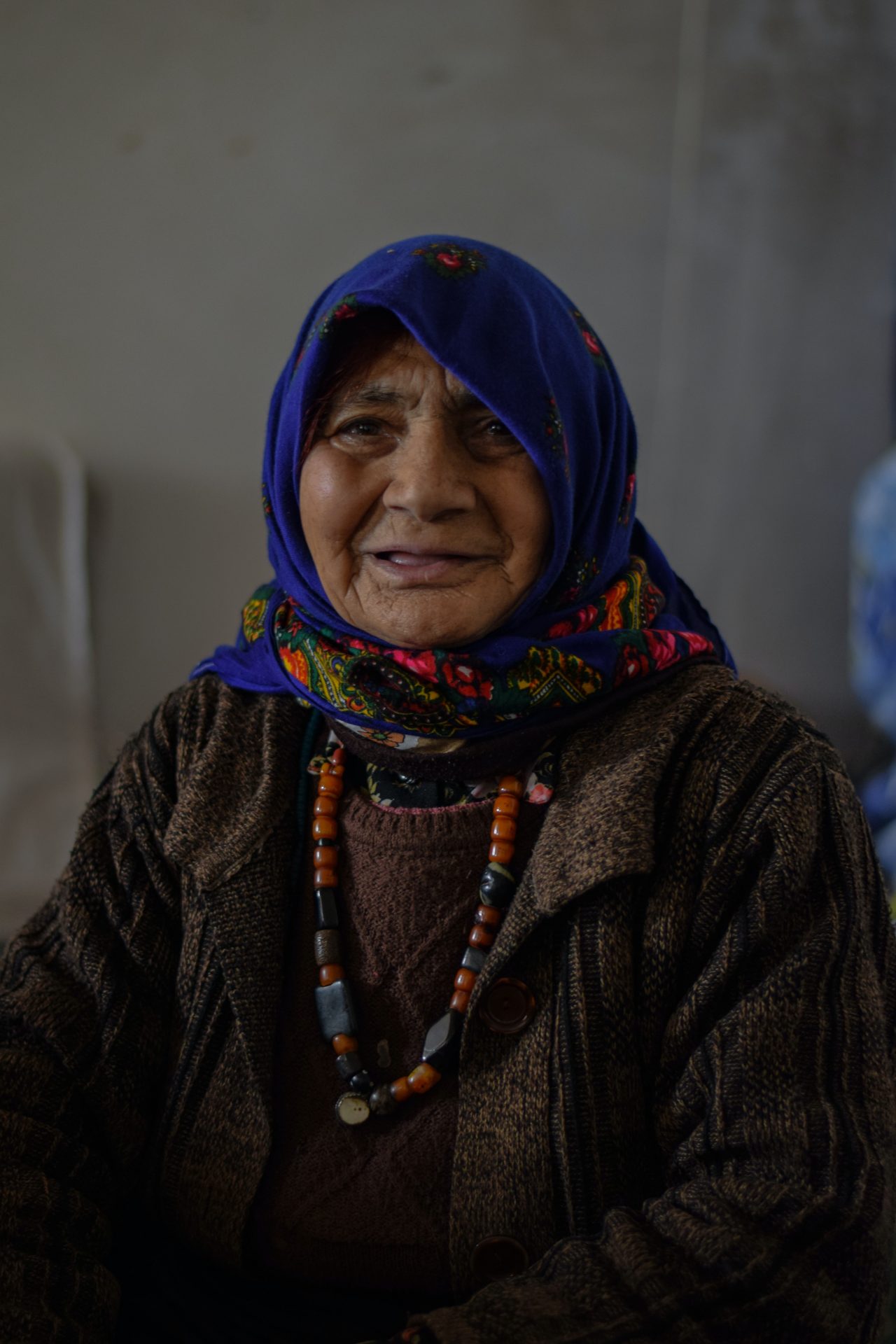- Women face structural disadvantages in the health and social sectors
- Investing in the health and social workforce has multiple, intersecting, economic and social benefits
- Includes policy recommendations including gender transformative policy agendas
The health and social sector, comprised of 234 million workers globally, is one of the biggest and fastest-growing employers in the world, particularly of women. Investing in the health and social workforce not only contributes to achieving universal health coverage (UHC) and global health security but also has a powerful multiplier effect on economic growth and can contribute to women’s economic empowerment and participation. The analysis reveals that the health and social sector is plagued by occupational segregation, a gender pay gap, and gender imbalances in working places and conditions – all of which structurally disadvantage women.

There is a window for policy to harness this momentum and take concrete action to accelerate participation of women in highly skilled health occupations.
Overall, an average gender pay gap of around 28% exists in the health workforce. Once the occupation and working hours are accounted for, the gender pay gap is 11%. Labour rights against sexual discrimination should be enforced to ensure equal pay for equal work.
Women form 70% of workers in the health and social sector and contribute USD $3 trillion annually to global health, half in the form of unpaid care work. Investments in creating decent work in the health sector can support the translation of informal work into formal sector employment, as well as reduce its reliance upon women’s unpaid work.
Women’s representation in the most highly paid health occupations has been improving steadily since 2000. Despite this, women are less likely than men to be in full-time employment.. Labour market policies should remove barriers to full-time employment for women, support career advancement, and support gender parity in leadership positions.
A gender-transformative policy agenda must push the health sector into a leading role in empowering women and girls and achieving gender equality. Although the sector performs well regarding women’s participation, gender-transformative policies are needed to address inequities and eliminate gender-based discrimination in earnings, remove barriers to access to full-time employment, and support access to professional development and leadership roles.
These measures need to form part of a gender transformative policy that can push the health sector into a leading role in empowering women and girls and achieving gender equality.





